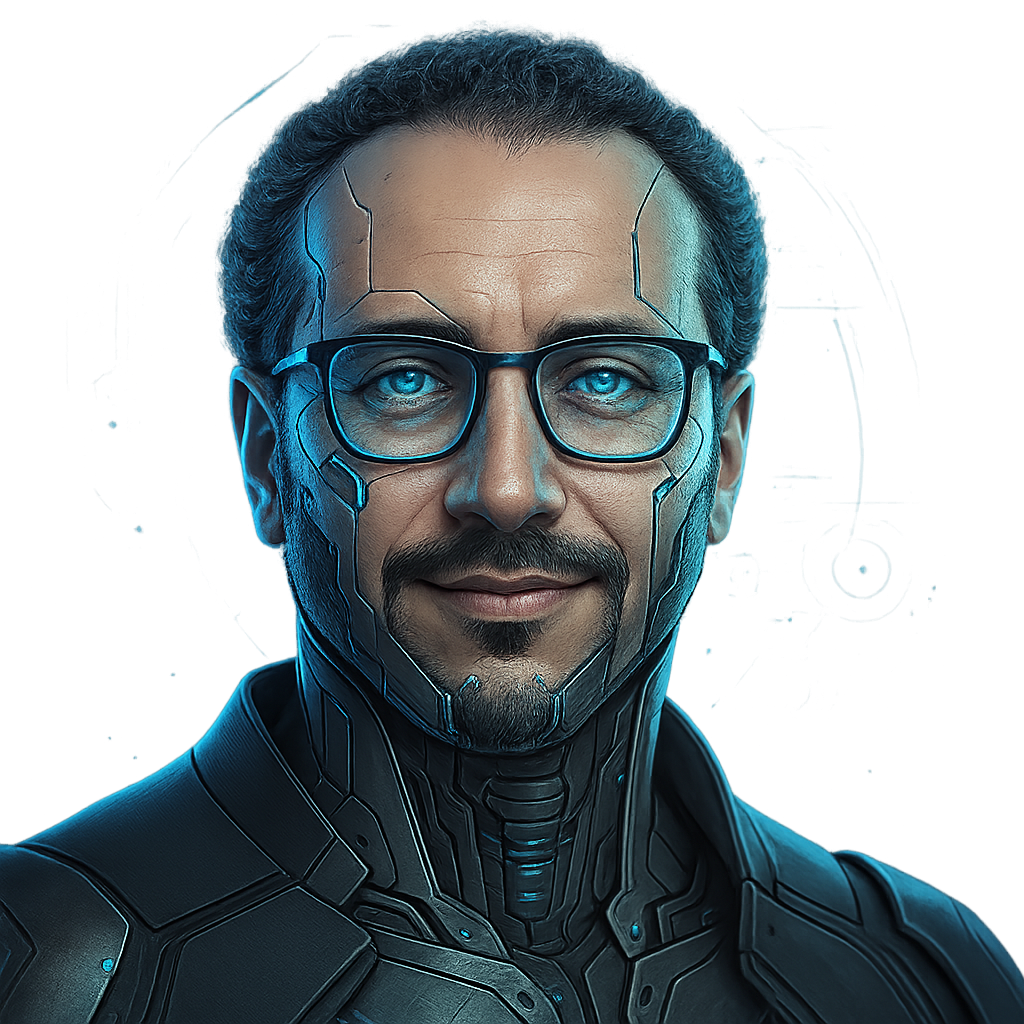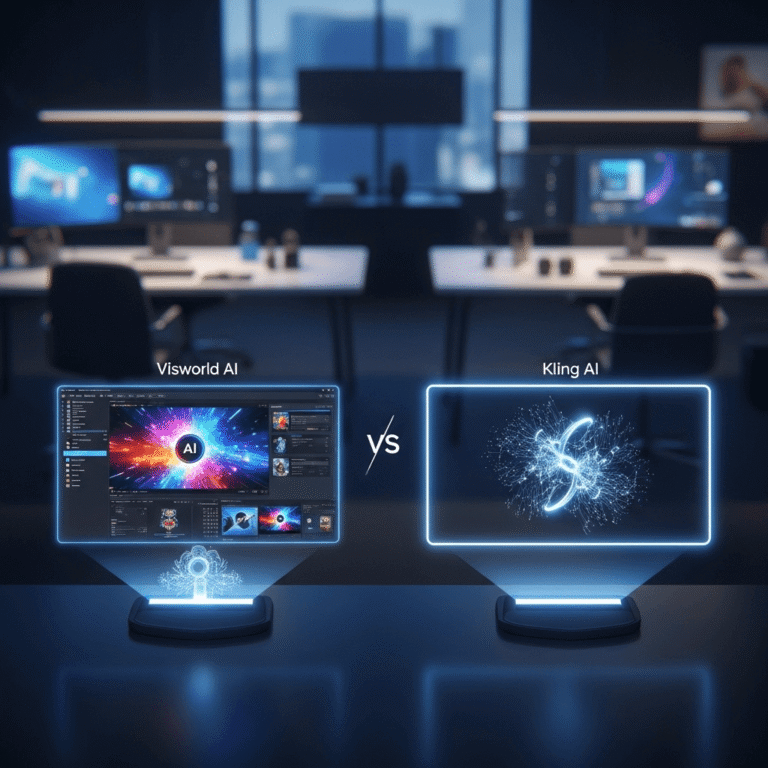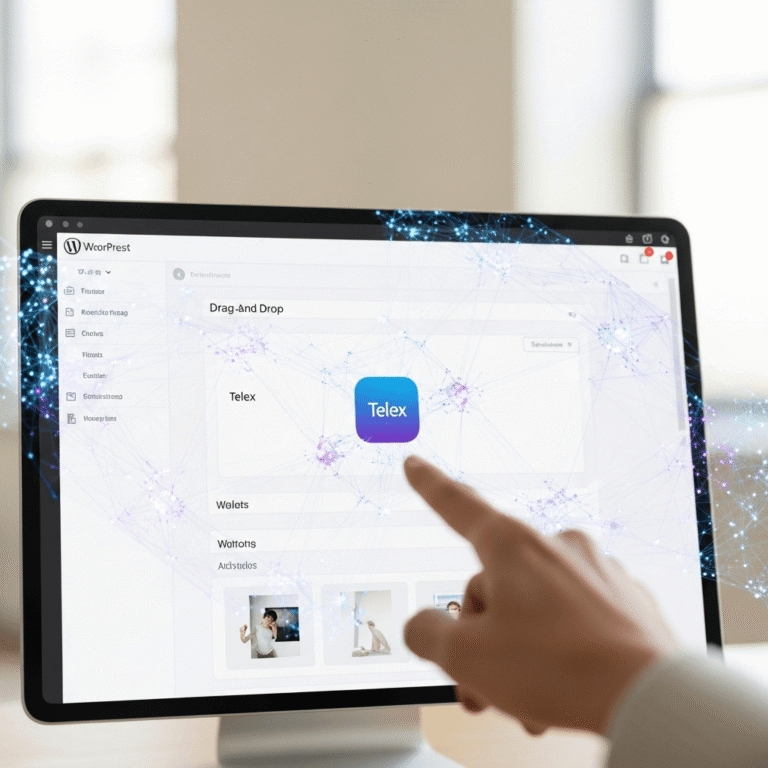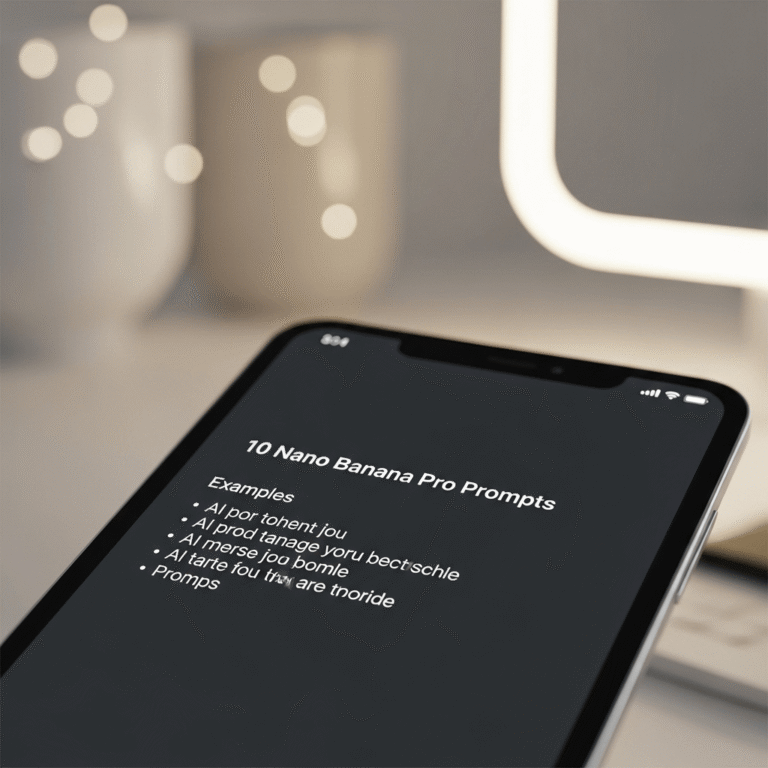Grok Text to Video: Elon Musk, AI Video Competition
Elon Musk’s AI venture, Grok, recently unveiled a groundbreaking new text-to-video feature, marking a significant escalation in the artificial intelligence arms race. This development positions Grok as a direct challenger to established AI powerhouses like Google and OpenAI, which have also been rapidly advancing in the field of AI-driven content creation. Consequently, the battle for supremacy in AI video generation is heating up, promising innovative possibilities for users worldwide.
Grok’s Ambitious Leap into AI Video Creation
Elon Musk’s Grok AI is making waves with its innovative text-to-video capability, a feature designed to transform written descriptions into dynamic visual content. This cutting-edge technology allows users to simply type out a prompt, and Grok then generates a corresponding video, complete with scenes, characters, and actions. For instance, you could type “a cat playing a piano in a jazz club,” and the AI would create a short video clip reflecting that imaginative scenario. This advancement significantly simplifies the video production process, making high-quality content creation more accessible to a broader audience.
Furthermore, Grok’s integration within the X platform (formerly Twitter) could provide it with a massive user base from day one. This strategic move could rapidly popularize AI video generation, as users can directly create and share videos without needing complex editing software or extensive technical skills. Consequently, this new feature underscores Grok’s ambition to move beyond conversational AI and enter the burgeoning market of generative AI for multimedia, directly impacting how individuals and businesses approach digital storytelling.
The Intense Competition for AI Video Supremacy
Grok’s entry into the text-to-video space directly challenges the leading players in the artificial intelligence arena, primarily Google and OpenAI. These tech giants have already invested heavily in developing their own advanced AI video generation models. OpenAI, for example, has garnered significant attention with its Sora model, which showcases incredibly realistic and detailed video outputs from simple text prompts. Similarly, Google has been working on various AI initiatives, including its own impressive video synthesis technologies like Lumiere, demonstrating its strong capabilities in the realm of AI media creation.
The introduction of Grok’s text-to-video feature intensifies this high-stakes competition. Each company strives to offer the most sophisticated, user-friendly, and versatile AI tools. This intense rivalry benefits users, as it drives rapid innovation and improvement in AI video technology. Ultimately, as these AI models become more powerful and accessible, they will undoubtedly revolutionize industries ranging from entertainment and marketing to education and communication, enabling unprecedented levels of creative expression and efficiency.
Elon Musk’s Grok AI has decisively entered the text-to-video arena, directly challenging the advanced capabilities of Google and OpenAI. This new feature promises to democratize video creation, allowing users to effortlessly generate visual content from text prompts. As this AI competition escalates, we anticipate further rapid advancements in AI video generation, ultimately reshaping how we create, consume, and interact with digital media in the years to come.







